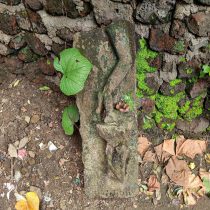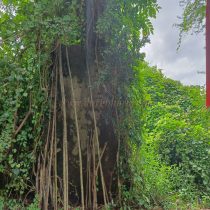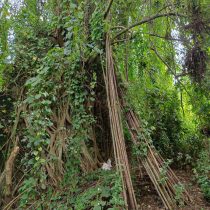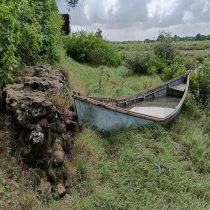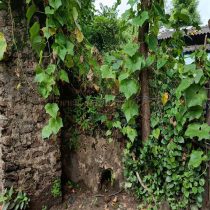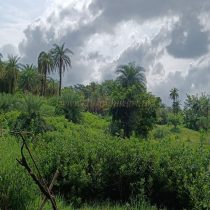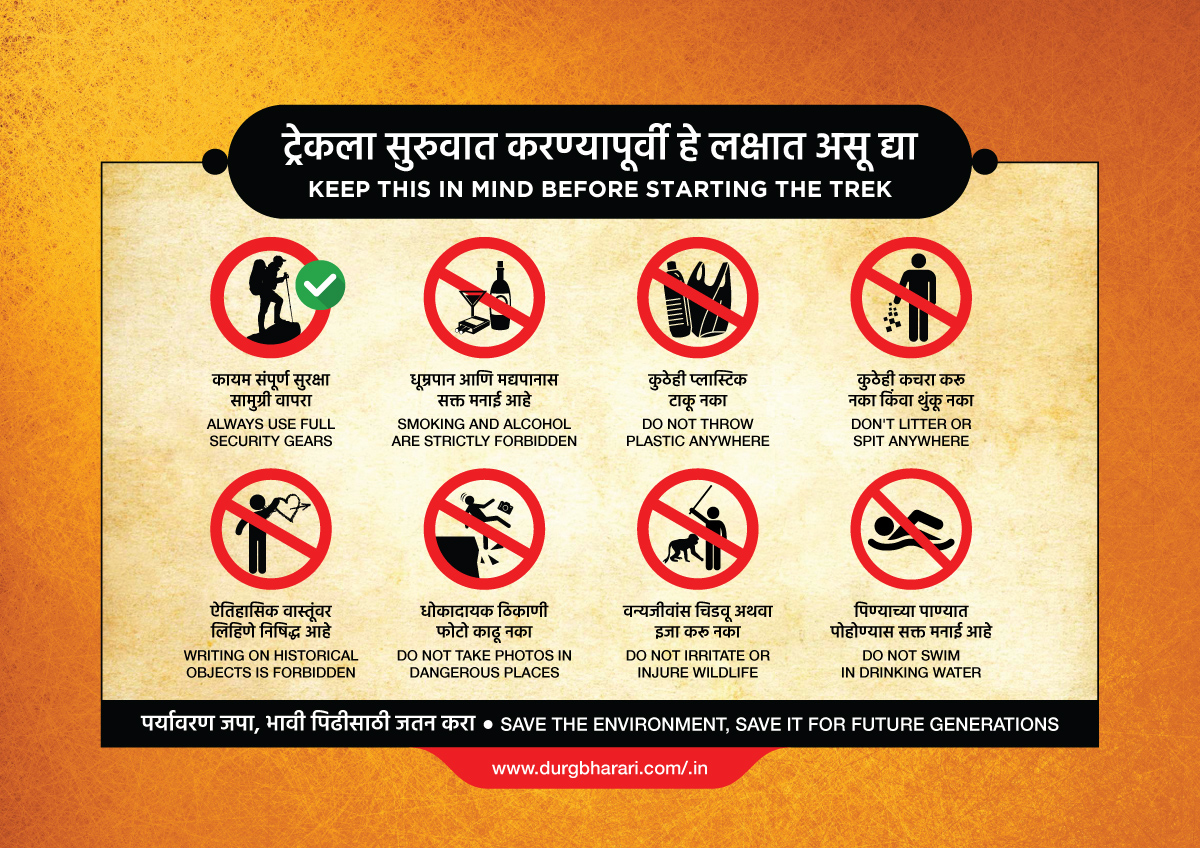KHATALWAD KOT
TYPE : COASTAL FORT
DISTRICT : VALSAD
HEIGHT : 0
GRADE : EASY
Due to Bombay, the Konkan region is divided into two parts namely North Konkan and South Konkan. The stretch from Vasai to Daman is known as North Konkan and the stretch from Alibaug to Karwar is known as South Konkan. As the Portuguese ruled for a long time in North Konkan, many small and large forts built by them can be seen along the coast from Vasai to Daman. Most of these forts have fallen to a great extent and only a few remnants can be seen. Kattalwad Fort, built by the Portuguese near Sanjan, is one of the medium-sized Forts. This area, which was once a self-governing state, was incorporated into the state of Gujarat while forming a language-wise province. I am mentioning these forts under the heading “Forts of Maharashtra” as this province came under Swaraj after the Portuguese were ousted from here after the Vasai campaign.
...
We were able to visit this fort thanks to the information provided by one of our trekker friends Mr. Jagdish Dhanmeher. Sanjan is the nearest railway station to see the Kattalwad fort and the distance between Sanjan and Kattalwad is 5 km. Private rickshaws are available from Sanjan railway station to reach Kattalwad. The road leading from Kattalwad market to Gayatri Temple takes us near Kattalwad Fort. Local people know Kattalwad Forts as “Medi”. This fort is built on a small hill on the banks of Tumb creek and the area of this fort is spread over about half an acre. As soon as you approach Fort, the first thing you notice is the fortification wall. There is a well near this wall that supplies water to Fort and due to lack of use, this well has now become a garbage dump. A broken idol remains is kept here adjacent to the rampart. The population of Koliwada has come up to this fort and it has started settling in this fort. The Fort has fallen to a great extent and is covered with bushes everywhere. While walking around the Fort on the river side, one can see the ruined ramparts adjacent to the riverbed. That means the Fort should have a double ramparts on the bay side. Although the ramparts on the lower side have completely collapsed, the bastions on the remaining ramparts on the upper side can be seen with a cannon and an embrasure for firing guns. A carved Portuguese symbol can be seen on this bastion. The area of the fort is largely dilapidated and due to the growth of thorny bushes inside, it is not possible to move around properly. Stones are used for the construction of the Fort and the inner side is plastered with lime at some places. Judging by the size and location of the fort, there must have been other remains of the fort, but they have been completely covered by overgrowth. As the bay of the river Tumb, adjacent to Kattalwad Fort, flows directly into the sea, even today small boats ply in this river. Kattalwad was an important port in terms of trade during the medieval period. Since the ships from this port come directly inland, the Portuguese built a fort at this place. Palgam Fort is situated in the river bed on the other side of this bay and Sanjan Fort is located on the inner side. The Portuguese are a riverine tribe. They built most of the Forts on the coast so that they could have a direct connection with Portugal by water. The forts in the Vasai to Daman area are built parallel to the sea. Built by the Portuguese around the 16th century, the main purpose of these forts was to protect waterways and provide necessary logistics to small and large forts in the province. Using all these small forts, watchtowers, the Portuguese established their empire along the North Konkan sea route. During the Vasai campaign of AD 1737 to 1739, this Fort came under the control of the Marathas and the Portuguese were eliminated from this area. The present condition of the fort is very poor and 10 minutes is enough to see the fort. Those who come here with expectation to see a fort are likely to be disappointed, but those who want to see the Portuguese outpost on the ancient sea trade route and its geographical importance must visit this place.
© Suresh Nimbalkar

